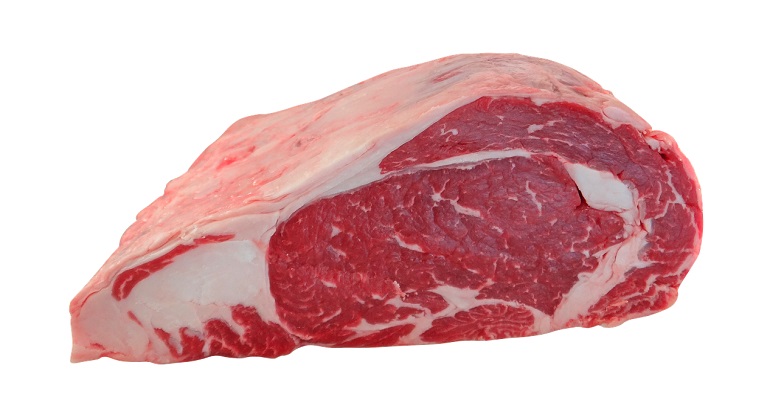query_builderUS Beef Import Ban Lifted in China
All News
->All HongKong News
Published: 7/4/2017
The import of beef of US origin was authorised to resume as of 20 June 2017. All such beef, however, must be sourced from meat enterprises registered with the Certification and Accreditation Administration of China and conform with all relevant inspection, quarantine, packaging, certificate, storage and transportation requirements.
Announcing the lifting of the ban, the General Administration of Quality Supervision, Inspection and Quarantine (AQSIQ) specified that all such imports are to be restricted to boneless and on-the-bone beef from cattle of less than 30 months of age. This includes heart, kidney, liver, omasum and tendons, but specifically excludes tonsils, the terminal end of the ileum, minced meat and mechanically-separated meat.
The new regulations regarding US beef imports supersede the ban imposed under the terms of Announcement No. 143 (2001), as issued by the Ministry of Agriculture and the former China Entry-Exit Inspection and Quarantine Bureau. The resumption of imports followed a joint agreement by AQSIQ and the US Department of Agriculture with regard to the inspection, quarantine and veterinary health requirements for the shipment of US beef for human consumption to China in line with the relevant laws and regulations.
China has emerged as a major beef buyer in recent years, with imports increasing from USD 275 million in 2012 to USD 2.6 billion in 2016. The United States is the world’s largest beef producer and in 2016 was the world’s fourth-largest exporter, with global sales of more than USD 5.4 billion.
Source: General Administration of Quality Supervision, Inspection and Quarantine of China
-
No Attachments
